Had to download it separately(4.7gb) then had to format the usb stick to install it. This update was required since nvidia 419 driver isnt compatible with the one provided. I tried calling microsoft support to activate windows, and even after 10 tries and an hour of waiting the call service representitives were always busy.
I used it exactly as you suggested on a Windows 7 system. Input was the 3 gb Windows.iso file created by the MSFT media creation tool. Rufus's bootable image output file fit onto a 4 gb USB flash drive. With Rufus all it took was just 1 button.
No cmd and all that complicated stuff. The next screen will give you a choice between upgrading the current PC to the latest Windows 10 version or you can create an installation media. Choose the latter option and click next. On the next page, you will be given the choice to select the language, edition and architecture of the installation file. We tend to go with English of the Windows 10 Edition for the 64-bit Architecture. On Windows 10, you can use at least two tools to create a USB bootable media.
You can use the Microsoft Media Creation Tool to download the files onto a removable storage with support for both firmware types . Or you can use Rufus, a third-party tool that makes it easy to create a flash drive to install Windows with support for UEFI. After the download is complete, you can double-click the ISO file to mount it as a virtual DVD drive and run Setup directly from the mounted drive.
From that same File Explorer window, you can also create bootable Windows 10 installation media on a USB flash drive. You will need an 8GB USB flash drive for this process. Plug your USB flash drive into your friend's computer and google for Windows Media Creation Tool. You'll end up on the Microsoft Web Page that allows you to download the tool. Scroll to the section that reads "Create Windows 10 installation media" and click on the "Download tool now" button.
You will initiate the download of the latest version of the tool. Run the tool and it'll connect to the internet to get the latest details from Microsoft's servers. You'll be presented with the License Agreement first, read through it if you wish to and then Accept the Agreement. Even with the rise of cloud storage, the USB flash drive is still vital for cases where the Internet won't cut it, especially as CDs and DVDs die off.
Not only are USB drives typically higher in capacity than disc media, they are faster for copying data such as setup files, and have much quicker access times as well. In short, installing software as large as Windows 10 from a USB drive is simply much faster than from a DVD . Install the drivers in the following sequence. First the Chipset or System drivers, followed by the LAN drivers and then you can go with the Audio, VGA and Storage drivers. Windows will automatically install the LAN, Audio and Storage drivers during the setup so you're only upgrading those to the latest drivers.
If at any stage, if any of the driver setups ask to reboot the system, please do so before proceeding to the installation of the next driver. Some drivers are only partially installed before the restart and the restart process completes the installation. It's best to let one thing completely install before moving to the next driver. You will be required to enter the product key, you can register it now or later. Then, just follow the wizard to clean install Windows 10.
On Windows 10, you can use two methods to create bootable media to install the OS from USB on a UEFI-based computer. You can either use the Microsoft Media Creation Tool to download the files onto removable storage with support for both firmware types or use a third-party tool, Rufus. Ian Paul/IDGOnce the tool is downloaded, double-click the MediaCreationTool.exe file to launch it.
After clicking through the licensing agreement, you'll have the option either to upgrade your current PC or create installation media. We want the latter, so select the radio button labeled Create installation media for another PC and click Next. At the beginning of the setup process, you'll need to choose the language to install, the time and currency format, and the keyboard or input method.
It's been running now for over an hour and it's only about 1/8 the way across the progress bar. Not sure why it's taking so damned long. Not sure yet whether or not I'm really going to install Win 10 on this laptop I have.
I have the laptop set up for a dual boot with Linux Mint17 and Win Vista and I don't really want to lose the Linux installation when I install Win 10. Don't really care about the Vista one. Before you can install Windows using a USB, you need to create the installation media itself. This will be read by your computer once the USB flash drive is connected, allowing it to boot from USB.
Below are the steps to create this bootable USB flash drive using the Media Creation Tool issued by Microsoft. Once you have created a new partition, select it and proceed. Windows will create a few additional partitions for recovery purposes, let these remain and pick the largest of these partitions and proceed.
Windows will now start the setup and start copying all the files. Your PC will automatically reboot after this process is done and setup will continue after the PC reboots. The following methods need a Windows 11 ISO file to work.
Ian Paul/IDGNow you have to decide whether you want to create installation media or just download an ISO file. We want to create a USB flash drive, so select that radio button and click Next. Once the Wizard finishes installing the files, your computer will reboot.
In some unusual cases, you'll get stuck in a boot loop where the system tries to bring you back to the installation process. This happens because the system might be trying to read from the USB drive instead of from the hard drive that you installed the OS on. If this happens, just remove the USB drive and restart the computer. Next two options is downloading the Windows 10 disc Image and creating an installation media on either a CD or Compact Disc or on a Flash Drive or USB stick. CD is not very common nowadays so we'll focus on installation via Flash Drive. First thing you need to do is to create a bootable disk.
The tool will now download the latest Windows 10 setup from Microsoft's servers and copy it to your USB flash drive. It will also make the USB drive bootable which is necessary for you to install Windows using the Flash Drive. Once the process is completed, you can remove the flash drive and plug it into your newly assembled desktop PC. All you need is the Windows Media Creation Tool and a USB flash drive with at least 8 GB of storage. Once you complete the steps, Rufus will run the automated script to download the Windows 10 ISO file from the Microsoft servers.
Then you can use the tool to create a bootable media to install Windows 10 on a UEFI device without the need for the Media Creation Tool. At the time of installing a fresh copy of Windows 10, you typically use a USB flash drive to launch the "Windows Setup" wizard to continue with the installation process. Once you've selected the USB drive from the boot menu, your PC will reboot from the USB drive and ask you to press any key to begin the setup of the installation media.
Make sure the correct USB drive is selected, especially if more than one removable drive is connected to your computer. The tool downloads Windows 11 onto your USB drive and then creates the installation media. When the process is complete, click Finish. The Go Back feature, which allows you to reinstall a previous version of Windows, is available for 10 days after upgrading to Windows 10 .
The Windows installation files occupy a large amount of hard drive storage space during that time. The files are deleted automatically after 10 days. However, you can delete them manually if you want to free up storage space before then. Because CD and DVD disks are becoming less practical, many computers and laptops no longer come with a drive to read and write physical disks. This makes it impossible for you to create or use an installation media unless it's on a bootable USB drive.
Windows 10 Download For Pc While this may sound impractical at first, USB sticks have a huge advantage over disks. Once you type in a valid product key, you'll choose the language and whether you want to download the 32-bit or 64-bit version. Note that the version of Windows 7 you get to download will depend on your product key.
So if you are using a Windows 7 Home key, you'll only be able to download Windows 7 Home. Across the top, you'll see Windows 10, Windows 8.1 and Windows 7. For Windows 10 and Windows 8.1, you can download the ISO images without needing a product key. You have to enter that once you start the setup process. As a top software developing company, MiniTool Software provides Windows users some useful software. You can use MiniTool Partition Wizard to easily manage hard drive partitions by yourself.
You can use MiniTool ShadowMaker to backup and restore Windows OS and back up files/folders/partitions, etc. To deal with video issues, you can turn to MiniTool MovieMaker, MiniTool Video Converter, MiniTool Video Repair, etc. Every time Microsoft releases a new feature update for Windows 10, you should build a new recovery drive containing the setup files for that update. You can use that drive to repair a damaged installation or to reinstall Windows on a new PC. Now that Windows 10 is all properly installed, you can plug in your ethernet cable to get access to the Internet or connect to Wi-Fi if your motherboard has that option.
Please note, if you connect the PC to the internet at this stage, it will automatically start downloading drivers from Microsoft's servers. Creating a Windows 10 bootable drive is really easy, just connect an 8GB or bigger USB drive with your PC and download Windows 10 media creation tool. The media creation tool will automatically download the Windows 10 and create the bootable drive. UNetbootin is a utility tool software that's meant for creating bootable USB drives.
Using this software, users can create bootable drives for Linux... Do a clean installation of Windows 10 on your laptop/desktop PC device with a USB flash drive is not so complex as you thought. You can follow the steps below this article and have a try. The change most users will likely need to make is to the architecture. If you try to upgrade a 32-bit PC with a 64-bit version of Windows, for example, it won't work.
Once you've made the necessary changes, clickNext. Ian Paul/IDGThe first thing you need to do is go to Microsoft's dedicated website for Windows 10 downloads, and click Download tool now to grab the Media Creation Tool. Now would also be a good time to insert the USB drive you want to use as your installation media. If you can boot into Windows, you can force your PC to boot off the USB drive on restart. Either way, as long as you've got the USB drive plugged into a USB port as the system restarts, you will then be able to boot from that device into WinRE.
If you boot to this drive, you can also use it to perform a clean install of Windows 10 on your PC by running setup.exe from the drive's root folder. Microsoft makes it easy to create a bootable USB Flash drive for Windows 10. This nifty little all-purpose tool works to install whichever Windows 10 version it contains. Because it's bootable, it also serves quite nicely as a bootable recovery drive, should you be unable to start . You'll briefly see a screen that lets you know that the setup is starting.
After that, the Windows Setup window will appear. Here, enter the product key in the text box if you have one. If youdon't have a product key, then you can still run a limited version of Windows 10 that works—you'll just need to enter a product key later to unlock everything.
You're going to need a few things to get started. First, you'll need a USB drive with at least 8GB of storage space. If you don't already have one lying around, you can find a decent USB drive online for a pretty cheap price. If youdo already have a USB drive, be sure that there are no important files on it, as it will be wiped clean during the setup process. When you plan to install Windows 11/10, you often need a CD or USB flash disk to install it. How to create a Windows 11/10 bootable USB?
UltraISO tool can be used to burn a Windows 11/10 DVD or ISO to the USB flash drive. Do it by following the steps below. If you're looking for a tutorial on how to install Windows 11/10 on new PC only with the help of a USB flash drive, don't walk away. Read through the following content and learn to install Windows 11/10 from a bootable USB or install with Windows 11/10 ISO file by media creation tool. Windows Update requires a minimum amount of free space on the hard drive to install the latest update.

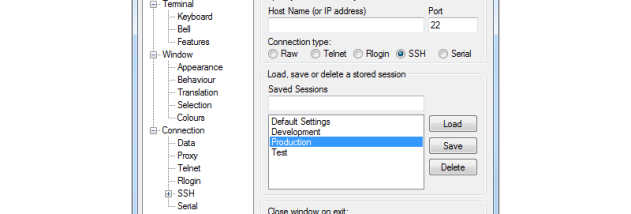

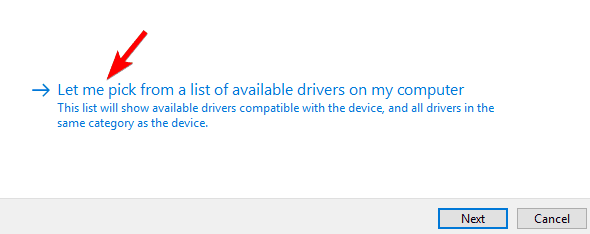



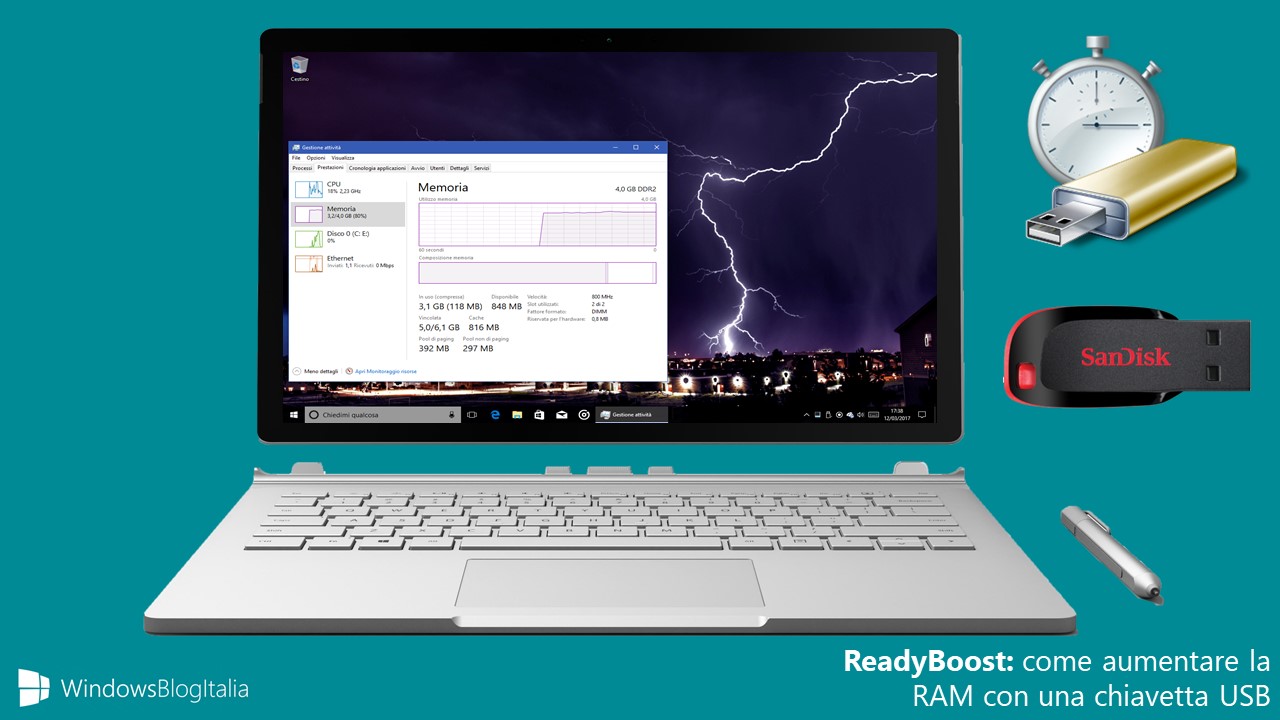
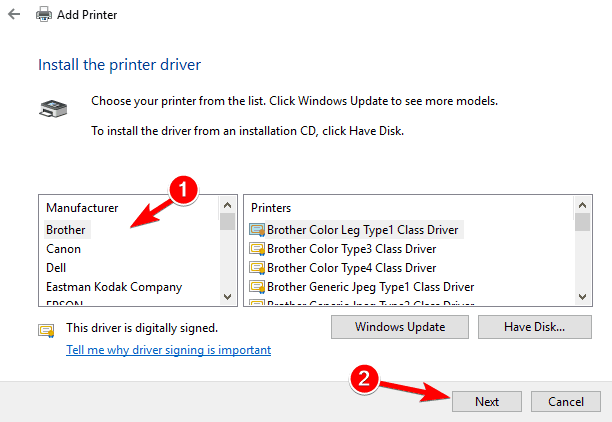
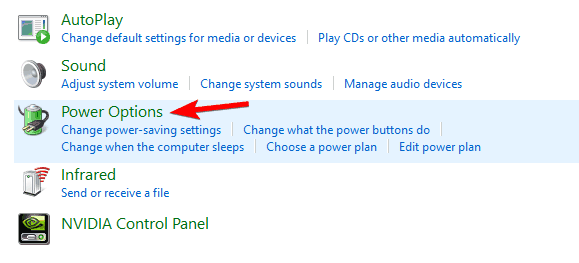


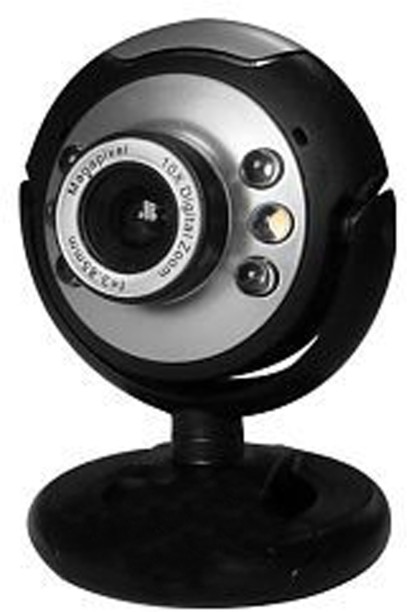

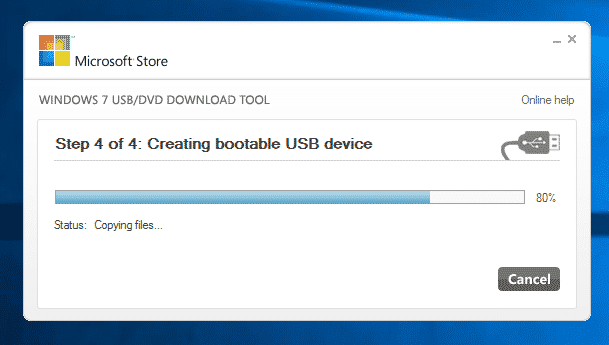
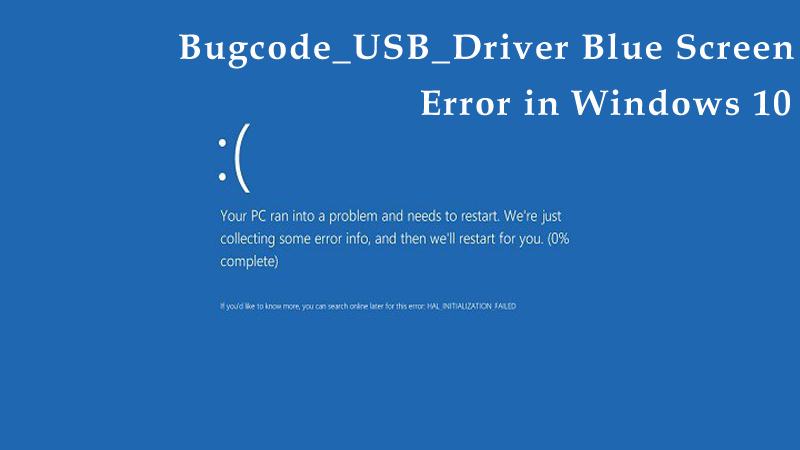







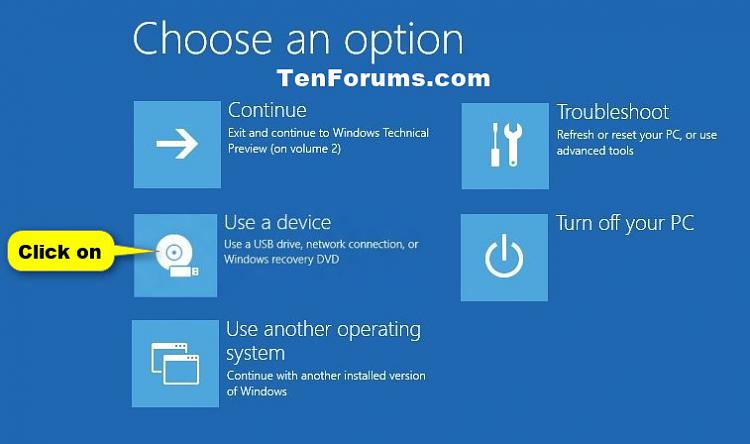
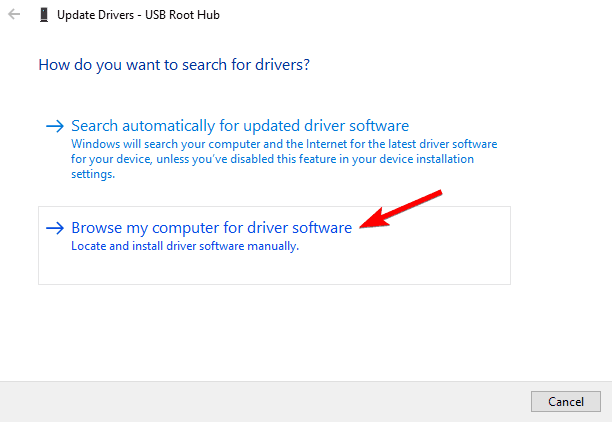


No comments:
Post a Comment
Note: Only a member of this blog may post a comment.